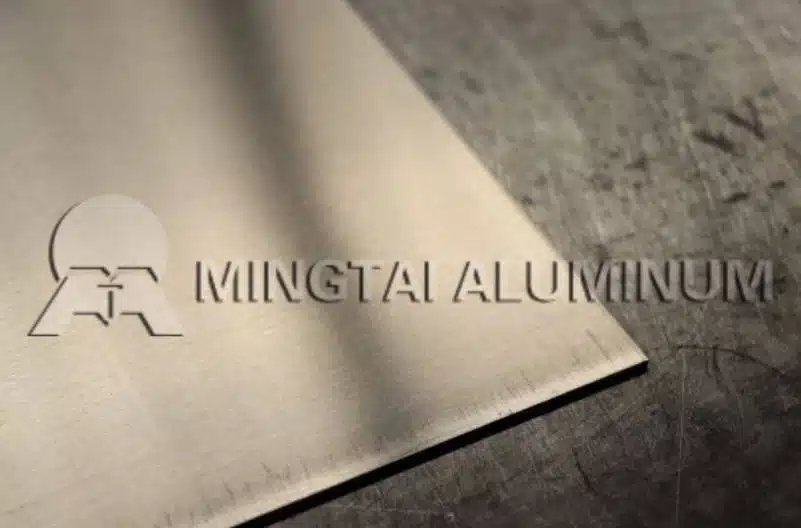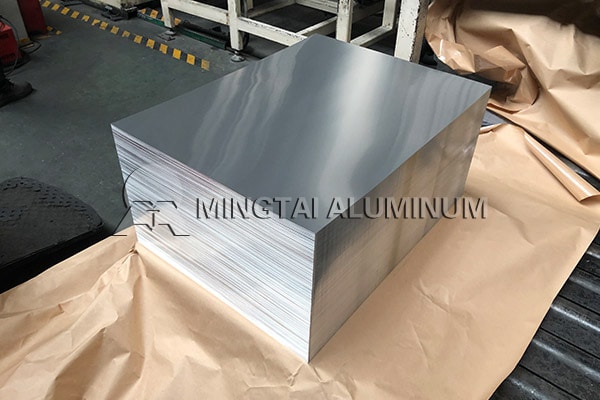
Knowing about aluminum sheet metal gauge matters for anyone using aluminum. This includes work in building, cars, planes, or everyday products. The word “gauge” gets used a lot. But it causes mix-ups. It does not match a set thickness for all materials.
This guide explains the gap between aluminum gauge and real thickness. It gives useful advice for picking the right one for your job.
What Does Aluminum Gauge Really Mean?
Aluminum gauge is a set number system. It describes sheet thickness. A smaller gauge number means a thicker sheet. For example, a 10-gauge aluminum sheet is thicker than a 20-gauge one.
But gauge numbers are not the same everywhere. A 14-gauge aluminum sheet does not equal a 14-gauge steel sheet. Each metal has its own gauge table. That is why experts with many metals like to give thickness in millimeters or inches.
Gauge vs. Actual Thickness: Key Differences
The Start of Gauge Measurements
Gauge idea comes from the Industrial Revolution. Makers needed a simple way to talk about sheet and wire thickness for sales. Over time, iron-based and other metals got different scales. This explains why aluminum’s gauge table differs from steel.
Why Change Is Not the Same for All
Each metal has its own weight and rolling traits. So no one rule changes gauge to thickness. Always look at an aluminum-only chart. Do not guess it matches other metals.
When Decimal Thickness Counts
In engineering and exact making, decimal or metric thickness works better. It gives tighter control in high-level uses. Think plane parts, LNG tanks, or sea items.
For example, 5059 aluminum sheet—used in ships, gas cylinders, and tank trucks—needs steady thickness. This keeps structure strong and safe.
Aluminum Gauge and Thickness Conversion Chart
Here’s a simplified gauge-to-thickness reference for aluminum sheets:
| Gauge | Thickness (inches) | Thickness (mm) |
| 10 | 0.102 | 2.59 |
| 12 | 0.081 | 2.06 |
| 14 | 0.064 | 1.63 |
| 16 | 0.051 | 1.29 |
| 18 | 0.040 | 1.02 |
| 20 | 0.032 | 0.81 |
| 22 | 0.025 | 0.64 |
| 24 | 0.020 | 0.51 |
| 26 | 0.016 | 0.41 |
Data reference: ASTM B209 Aluminum Sheet Gauge-to-Thickness Standard.
These numbers may vary slightly by supplier or processing method but serve as a reliable baseline for design and procurement.
Picturing Aluminum Sheet Thickness
If numbers seem hard, think of everyday items:
- 0.020″ ≈ the thickness of a business card
- 0.032″ ≈ a standard credit card
- 0.080″ ≈ roughly the edge of a coin
To give context, MINGTAI ALUMINUM makes 1050 aluminum sheets. These are pure industrial aluminum (>99.5%). They offer custom thicknesses from 0.1 mm to 500 mm. Widths go up to 2650 mm.
This range lets buyers pick from super-thin foil to thick build panels. It depends on strength, weight, and shaping needs for the job.
Picking the Right Aluminum Gauge for Your Project
Strength vs. Weight
Choosing the correct aluminum gauge means finding balance. Thicker sheets boost strength and hit resistance. But they add weight and price. For projects where weight matters—like EV battery cases or plane panels—thinner gauges may work. They must still keep enough strength.
For instance, 1350 aluminum coils shine for their current flow and rust fight in light electrical setups.
Guidance for Specific Uses
Different fields have unique wants:
- Automotive: 5182 or 6016 aluminum plates for car doors mix easy shaping and dent fight.
- Aerospace: 5059 and 6061 types give high pull strength for body panels and fuel tanks.
- Consumer Goods: 5252 aluminum sheets often cover electronics or appliance tops.
Finishing & Making Thoughts
Gauge also changes how easy aluminum forms or joins.
Thinner sheets bend well. But they may twist under weld heat. Thicker sheets fight bending. Yet they need more cut power.
- 3003-H14 4×8 Sheet – great weld ease and rust fight for roofs or trailer sides.
- 6061-T651 4×8 Sheet – tough and easy to machine for frames and heavy parts.

About MINGTAI ALUMINUM
MINGTAI ALUMINUM is a top China maker of high-quality aluminum sheets and plates. It serves car, plane, sea, electronics, and packing fields.
Certified under ISO 9001, ISO 14001, and CE rules, MINGTAI ALUMINUM gives custom aluminum fixes. Sheet widths reach 2650 mm. Thicknesses go to 500 mm.
Its research-led making and tight quality checks ensure steady results across types like 1050, 1350, 5059, 5252, and 6061.
FAQ
Q: How does temperature affect the accuracy of aluminum sheet gauge measurements? A: Aluminum grows with heat. Its growth rate is about 23.1 × 10⁻⁶ / °C.
A sheet measured at 20 °C may seem thinner when heated to 100 °C. So do exact checks in steady settings.
Q: Can aluminum sheet gauge be measured using ultrasonic tools instead of micrometers? A: Yes. Ultrasonic thickness tools give no-touch, correct readings (±0.001 in). They work well for coated or painted aluminum surfaces.
Q: What role does surface finish play in selecting the right gauge for decorative use? A: Brushed or mirror finishes can hide small surface flaws. This lets lighter gauges like 22 meet look and use goals in building covers.




